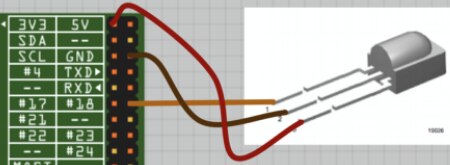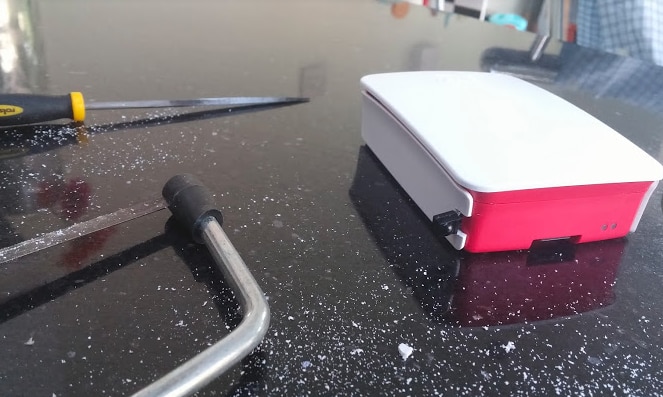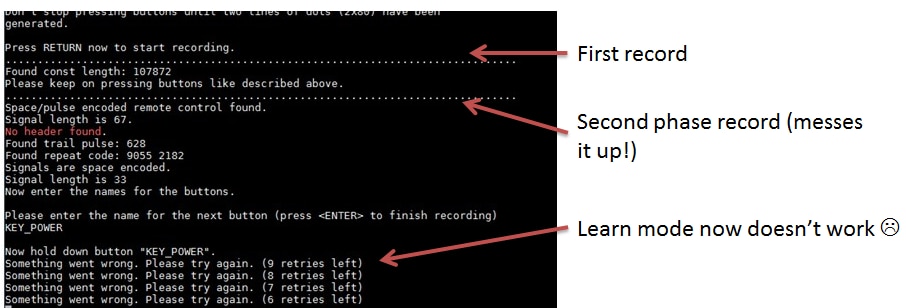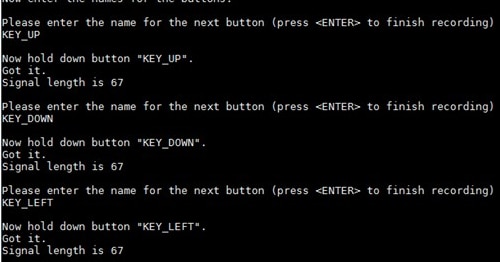On November 30th 2023, Samsung is set to actively remove the Steam Link app from their TVs, which is a huge shame since it works so well & allows us to stream games (like Drawful & Stick Fight) from the PC to the living room TV for the family to enjoy together.
After moving to a Raspberry Pi 4 for my home server, I had a spare Pi 3, and read there’s a Steam Link client available for it. I set about installing the latest OS image, which is where the problems started. Long story short.. Steam Link doesn’t work on Debian Bookworm (loads of errors to do with ‘unmet dependencies‘ for libavcodec58)..

I eventually found that the ‘Legacy’ image of Debian Bullseye is what I needed, and Steam Link installed & ran without any messing (at first!).

If you’re looking for how to install steam link, check out Steam’s page here.
The interface looked fine, but when streaming a game, the image didn’t fit the TV properly. That was fixed by altering the Steam Remote Play options to ‘Change desktop resolution to match streaming client’;

The next problem was having no audio on the TV. Looking at the output it said ‘Mix_OpenAudioDevice() failed: alsa: Unsupported audio format‘.

The fix for this was to alter various settings in /boot/config.txt (maybe start with dtoverlay if you want to figure out exactly what fixes it for you).
$ sudo nano /boot/config.txt
------------------------------
# enable these
hdmi_force_hotplug=1
hdmi_force_edid_audio=1
hdmi_drive=2
# change this (add the 'f' to 'kms')
dtoverlay=vc4-fkms-v3d
# add this (stops Steam Link complaining.. nothing to do with audio)
gpu_mem=512Reboot the Pi, then use sudo raspi-config -> System -> Audio and select HDMI.
You should find the audio now works & you should have a pretty good Steam Link streaming experience!!
One thing you may want to do is have the Pi automatically run Steam Link when it boots, to do this, use settings in raspi-config to automatically log the Pi into the console, then add this entry to crontab;
$ crontab -e
----------------
# add this to the file...
@reboot /usr/bin/steamlinkCongratulations! You should now have a Steam Link client on your Pi that works just as well as the Samsung app.















 I’m going to build a home automation project which connects a Raspberry Pi to control my central heating. I wasn’t particularly happy ripping out all the existing controls, and wanted to piggyback onto them.. which helps if the Pi ever fails (I’ve still got the old controls to fall back on).
I’m going to build a home automation project which connects a Raspberry Pi to control my central heating. I wasn’t particularly happy ripping out all the existing controls, and wanted to piggyback onto them.. which helps if the Pi ever fails (I’ve still got the old controls to fall back on).



You must be logged in to post a comment.